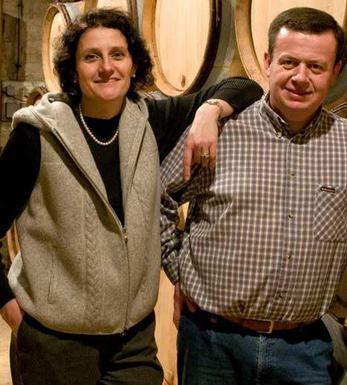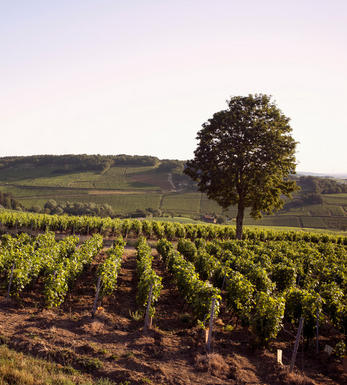
2019 Volnay, Caillerets, 1er Cru, Pierre-Yves Colin-Morey, Burgundy

About this WINE

Maison Pierre-Yves Colin-Morey
Domaine Pierre-Yves Colin-Morey is based in the wine appellation of Chassagne-Montrachet in Burgundy. The eldest son of Marc Colin, Pierre-Yves worked at the family domaine from 1994 to 2005. Meanwhile, with his wife Caroline (née Morey) he had established a négociant business in 2001 under the name Colin-Morey. After the 2005 harvest he left the family domaine, taking with him his six-hectare share of the vineyards, which now form part of the Colin-Morey label.
This does not differentiate between wines from its own vineyards and those from purchased grapes. Pierre-Yves’s techniques have evolved since leaving the family domaine, in part in response to the problem of premature oxidation. There is no more battonage and the cellar is no longer heated to encourage the malolactic fermentation.
The wines are kept in barrel longer (the barrels are from François Frères and Chassin, with about one third new wood, including 350-litre casks), the St-Aubins being bottled before the next harvest but the remainder being kept on lees for up to 18 months. The bottles are sealed with wax on top of corks which have not been treated with peroxide.
His own vineyards are mostly to be found in the wine appellation of St-Aubin, including premiers crus Chatèniere, Champlots and Remilly, and Chassagne-Montrachet: village Ancegnières and premiers crus Chenevottes and Caillerets.
However the full range of wines from purchased grapes covers wines from Puligny-Montrachet, Meursault and the grand crus as well, including very fine Bienvenues-Bâtard-Montrachet and weightier Bâtard-Montrachet.
Jasper Morris MW, Inside Burgundy - The Book

Chassagne-Montrachet
When it comes to the world's greatest white wines, the border between Chassagne and Puligny is the ‘X’ that marks the spot, the treasure at the end of the rainbow. Within a few hundred metres lie five wonderful Grands Crus, three of which are in Chassagne. They are led by the luscious, perfumed but variable Le Montrachet, to which Chassagne gained permission in 1879, along with Puligny, to hyphenate its name.
Both Montrachet and the rich, nutty, honeyed Bâtard-Montrachet are shared between Chassagne and Puligny. The fragrant, very fine and rare Criots-Bâtard-Montrachet however, lies entirely within Chassagne's borders. The Grands Crus have their own appellations, which is why Chassagne (or Puligny) does not appear on the label.
Although the most southerly of the three great names of the Côte de Beaune, Chassagne's style is often described as lying between that of Puligny-Montrachet and Meursault: less fine than Puligny, less rich than Meursault but containing elements of both. Chassagne is minerally yet succulent, and often floral with hints of hazelnuts. Despite a bevy of very good Premiers Crus, it is not as good or famous, overall, as Meursault and Puligny, but it is usually extremely good value. Grands Crus should not be opened before eight years of age, and can last for 20 or more. Premiers Crus are at their best from five to 15 years of age; village wines from three to eight.
Perhaps surprisingly, given that the name ‘Montrachet’ is so synonymous with white wine, much of the soil in Chassagne is more suited to Pinot Noir than Chardonnay. Indeed it was only really in the second half of the 20th century that white wines began to dominate here. The reds have a firm tannic style that needs time to soften, with the best examples coming from the Premiers Crus Morgeot, Boudriotte and Clos-St Jean. At their best they combine the weight of the Côte de Nuits with the suppleness of the Côte de Beaune.
180 hectares of village Chassagne-Montrachet
159 hectares of Premier Cru vineyards. Several of the larger ones are subdivided and may be cited under various different names. The best include Caillerets, Ruchottes, Chaumées, La Boudriotte
11 hectares of Grand Cru vineyards: Le Montrachet (part), Bâtard-Montrachet (part) and Criots-Bâtard-Montrachet

Pinot Noir
Pinot Noir is probably the most frustrating, and at times infuriating, wine grape in the world. However when it is successful, it can produce some of the most sublime wines known to man. This thin-skinned grape which grows in small, tight bunches performs well on well-drained, deepish limestone based subsoils as are found on Burgundy's Côte d'Or.
Pinot Noir is more susceptible than other varieties to over cropping - concentration and varietal character disappear rapidly if yields are excessive and yields as little as 25hl/ha are the norm for some climats of the Côte d`Or.
Because of the thinness of the skins, Pinot Noir wines are lighter in colour, body and tannins. However the best wines have grip, complexity and an intensity of fruit seldom found in wine from other grapes. Young Pinot Noir can smell almost sweet, redolent with freshly crushed raspberries, cherries and redcurrants. When mature, the best wines develop a sensuous, silky mouth feel with the fruit flavours deepening and gamey "sous-bois" nuances emerging.
The best examples are still found in Burgundy, although Pinot Noir`s key role in Champagne should not be forgotten. It is grown throughout the world with notable success in the Carneros and Russian River Valley districts of California, and the Martinborough and Central Otago regions of New Zealand.


Buying options
Add to wishlist
wine at a glance
Delivery and quality guarantee